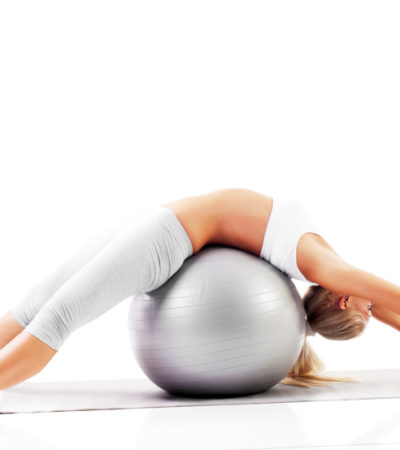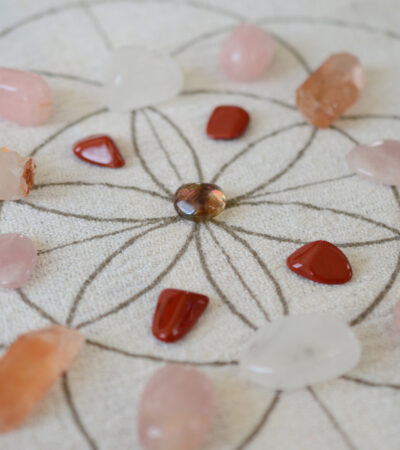It is no surprise that trail running is a challenging form of exercise due to the uneven terrain, however running outdoors is actually better for your health and wellbeing than being confined in a stuffy gym. What’s more, with the longer evenings and warm climate there really is no better feeling than the freedom of running over vibrant green hills or through flower-packed woodlands with the eerie orange twinge of the sunset taking over the sky.
However, you’ll need to think carefully about your footwear; whereas you’ll (hopefully!) have chosen your road running shoes based on the support and cushioning they offer you, you’ll need a pair of running shoes that have good grip and cushioning when going off-road.
Don’t let your shoes hamper your enjoyment because there are some great models on the market perfect for trail running at this time of year. Brett Bannister, MD and footwear specialist at Sportsshoes.com has put together some top tips to help you find the right trail running shoe.
Shoe size
Your foot will expand when running anything over a couple of miles and even sooner in the Summer heat, and while you’ll want your shoes to be a bit tighter and more responsive when trail running, you’ll still need to leave a spare half a thumb-width gap at the front of your running shoes for your foot to expand in to – which is likely to mean going up half a size.
This may feel strange to begin with and you might find yourself hunching forward when running to compensate your balance but it is really important to keep your back straight as it allows your lungs sufficient room to expand, making breathing easier. Swinging your arms powerfully can help to give you that bit more momentum too.
Foot width
The better the fit, the better you’ll run! Most shoes are built on a standard D-width fitting, but some cater to different widths as well. Generally, Brooks shoes tend to be broader, Adidas shoes tend to be narrower, while other brands, such as New Balance offer different width sizes.
Lots of models offer lace designs which cradle the foot in a webbed design to offer a snug, close fit around the contours. Also, another design spec which is handy in trail running shoes is ‘full surround tongue stitching’ (also known as a ‘gusseted tongue’) which helps to keep any debris from finding its way into your shoe.
Your weight
Did you know that when you run you are exerting two or three times your body weight on to your running shoes? By opting for some built in cushioning you can relieve pressure on your shoes and reduce stress on your feet. For heavier runners, more cushioning will be required whereas lighter runners will fare better with a more responsive running shoe.
If you are a road runner looking to begin trail running then the Nike Pegasus Trail Running Shoes are a good starter point as they have a responsive, cushioned EVA midsole and Carbon rubber outsole which gives great durability in key wearing areas.
Foot Position
Another key consideration to make is foot position in relation to the ground below. Many trail runners value low soles which enable a more natural foot position, closer to the floor for better stability over uneven terrain and a higher level of proprioception. However, a low sole does not necessarily mean a thin one – you will still need some protection for your underfoot when you are running across sharp and pointed objects like twigs, rocks and thistles.
Currently one of the favoured models on the market is the Inov8 X-Talon™ 190 due to it being super lightweight (just 190 grams) with a 3mm footbed. It also has a replication of the foot’s planter fascia ligament built in to the shoe which assists in increasing propulsion efficiency and reducing fatigue.
Grip
Quite simply, the British summer does not guarantee sunshine and so there is the likely possibility that you could be caught out by a spot of rain whilst out blazing the trail. This is where the grip on your shoe can make the difference between sliding down a muddy mound and tackling it like a pro.
By opting for a shoe with a deeply grooved sole or protruding, rugged nodes you can ensure that you come away from the muddy mound unscathed! The Adidas Kanadia TR4 trail shoe has superb grip and is a quality, rugged trainer which has a superbly ventilated design which allows them to dry quickly on wet trails. Don’t be concerned that the shoe has less cushioning- the ground is much softer on trails than on-road so you’ll be fine!
If you’re likely to be using your shoes for a combination of road and trail running, you’ll need to look for a shoe that offers some cushioning, and less grip with a harder compound rubber. This is so you get the correct support while on-road.
With the correct footwear you will be more comfortable to endure longer runs and embrace the open beauty and calming effect of the countryside in its prime – just remember to take your water bottle because you won’t be passing any newsagents!
For more running shoe tips and advice visit www.sportsshoes.com.














